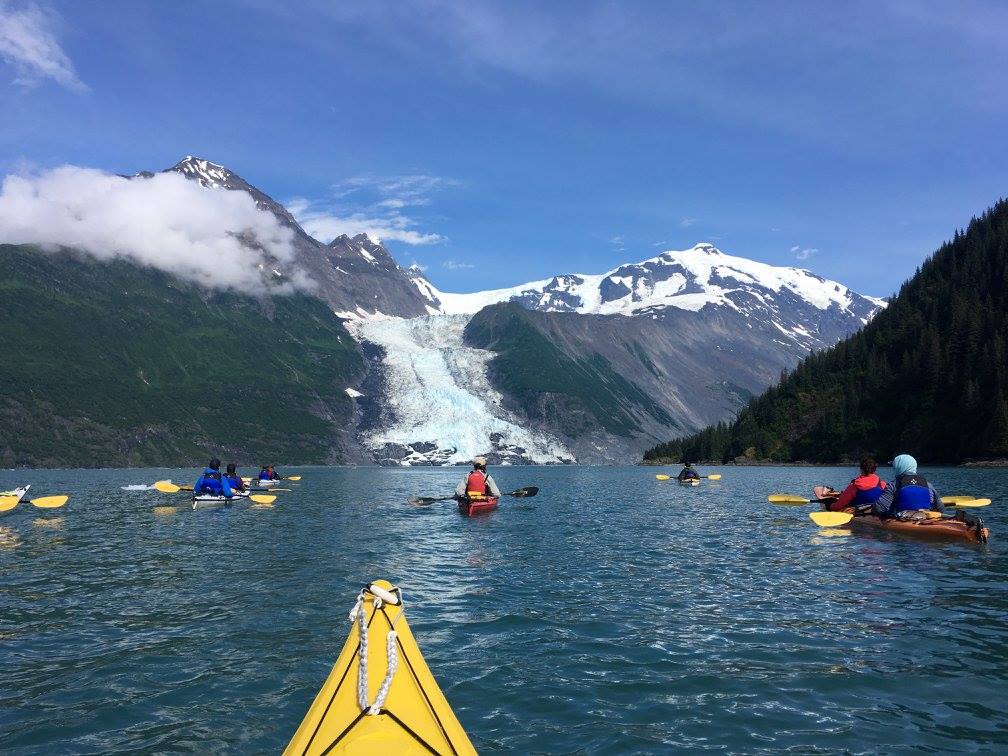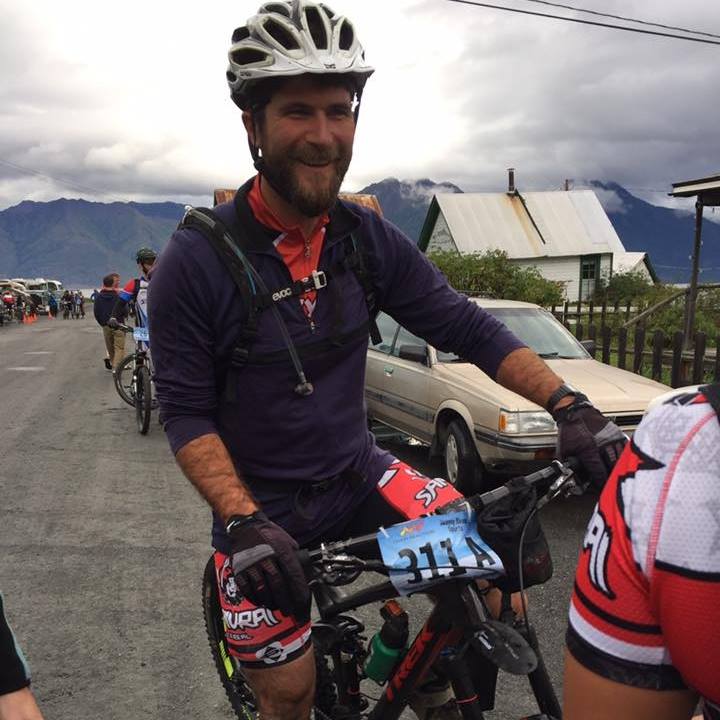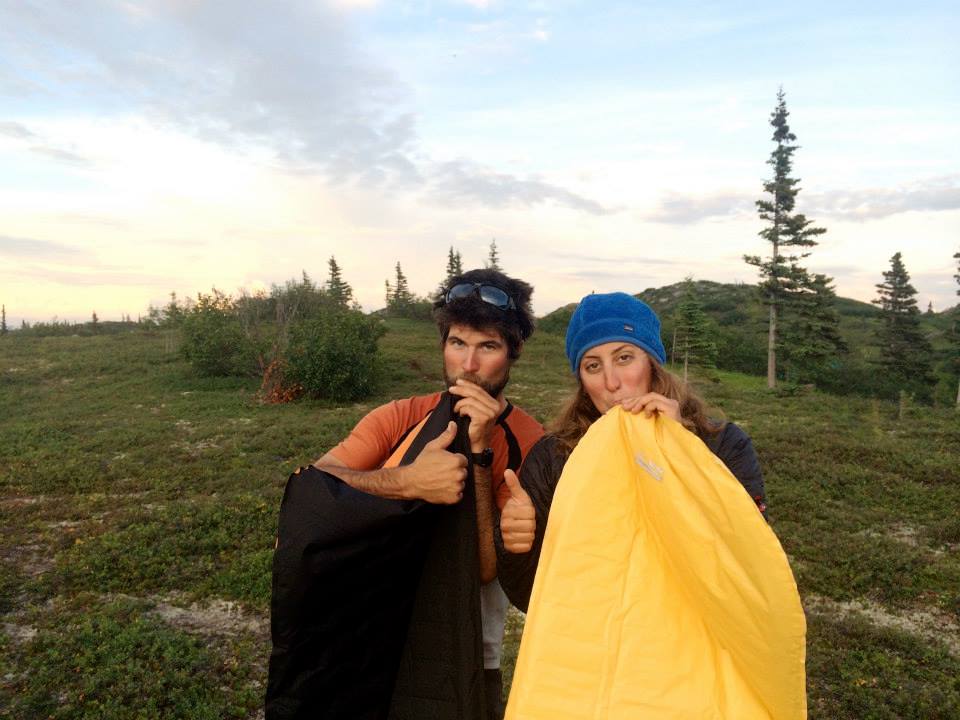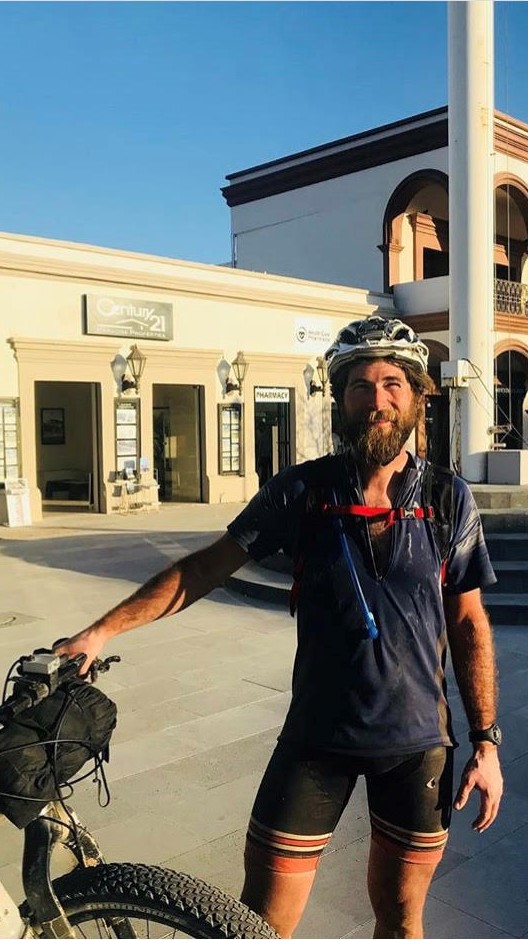A unique aspect of working at Adventure Treks is that instructors return year after year to spend their summers with us. In fact, our instructor return rate every summer exceeds 60 percent. Below, some of our longest-standing community members tell us why Adventure Treks and wild places are such an important part of their lives. This cadre of folks have countless years of experience working in the outdoors, and they’re happy to share just a small piece of what led them to work in the outdoors and what brings them back year after year.
Tess Sneeringer, 2018 trip leader for Alaska Expedition 1 and Pacific Northwest Explorer; with Adventure Treks since 2013
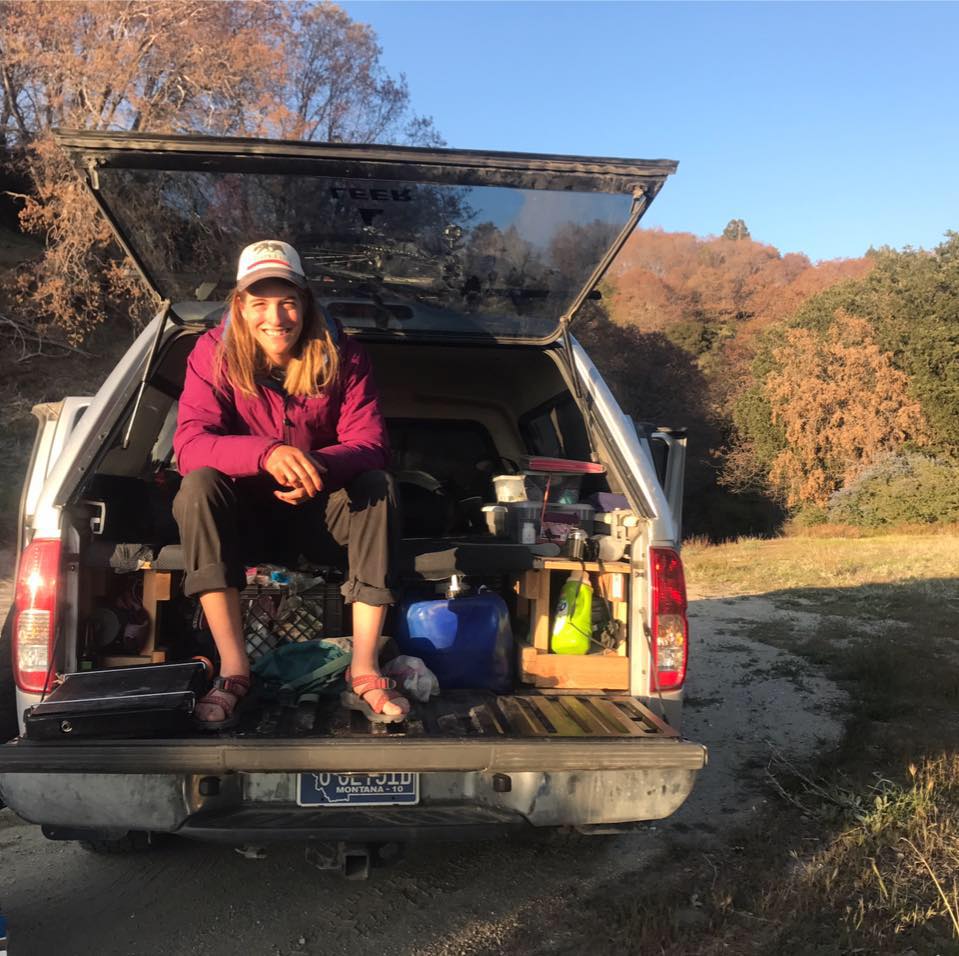
Tess Sneeringer
What led you to work in the outdoors? When I describe my current job, I frequently end up answering the question, “How did you get into this, being from a city?” I enjoy the opportunity to share that a simple outdoor day camp in Maryland planted the seed for what is now a career in outdoor education. No, my family didn’t raise me climbing 14,000-foot peaks out west or backpacking, but they did see the value in spending the summer outside. At the beginning of high school, I started working at this same camp and found myself charged with creating a positive experience for young people in the outdoors for the first time. Clearly it was a feeling I enjoyed. My involvement in my college outdoor program quickly became as important to me as my degree in biology and provided me with the basic skills in backcountry travel and wilderness risk management to apply for a job in the outdoor industry just a year before graduating.
What keeps you at AT? At 21 years old, I started my first season with Adventure Treks in North Carolina on the Blue Ridge trip. It was (and still is) the hardest job I’d had to date, but not without a reward to match. At AT, we encourage our students to work toward becoming their best self over the course of a trip, and it’s not an accident that our own teachings rub off on ourselves. This feeling is the reason I come back, and the reason why the student return rate is about as high as the instructor return rate. If you have a place you can go where you know that as soon as you arrive, you assume the best version of yourself without trying, wouldn’t you go back? Again, and again? I would. When I do, I find myself surrounded by a community of others—both students and staff—that are also thriving as the best versions of their selves.
Why do the outdoors and teaching young people matter to you? It doesn’t hurt that I’m often amidst a curling wave of whitewater, a snow-covered peak towering over an alpine lake, or a coastline so rugged you truly feel as if you’re walking on the edge of a continent. The setting in which we get to facilitate this self-discovery, I believe, makes such discovery possible. The outdoors provides ample opportunity to cultivate skills in personal communication, reflection, and resilience—three components to adolescent development that seem at risk in the current social and technological climates of high schools today. Working, and succeeding, to provide those opportunities to young people is important to me, and fuels the hard work that is required. Lastly, when you strike the balance of community, physical triumph, and self-love, the real reason to work in the outdoors with young people is the sheer amount of fun that results. It almost—almost—seems like cheating.
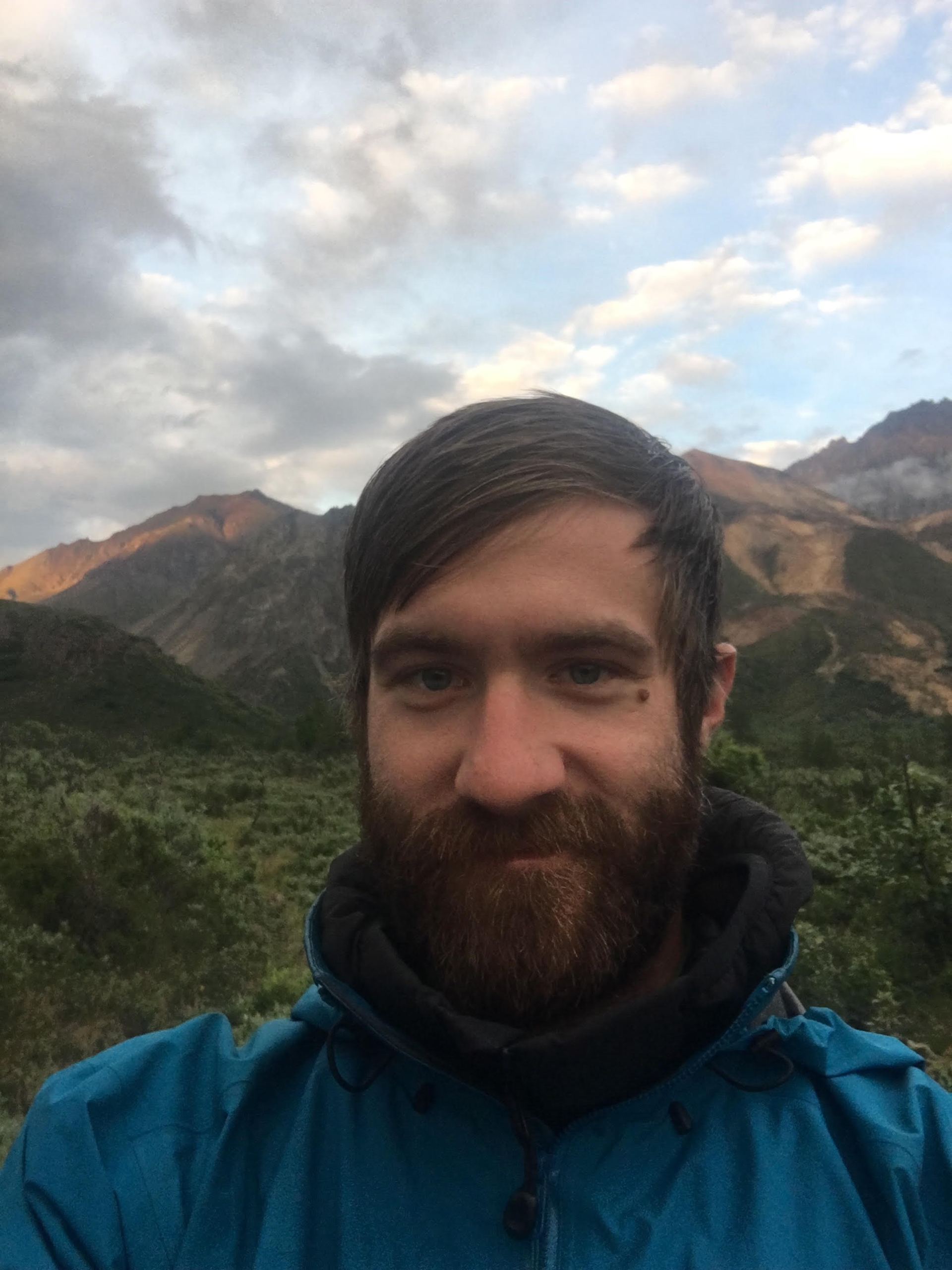
Nate Humphries
Nathaniel Humphreys, 2018 trip leader for Leadership Summit; Adventure Treks student 2005–2008, Adventure Treks instructor 2009–present
What led you to work in the outdoors? On the Leadership Summit course as an AT student, I remember our second day in the Goat Rocks Wilderness and the pure enthusiasm we had to adventure into an unusual amount of snow. It was July. Outfitted as a summer trip, we had only regular hiking boots, so our first two days of hiking were slow and tedious. That afternoon we stopped by a creek to set up camp, and we split up to find campsites. I felt something then—some kind of magnetic pull—and before I knew it, I was running up toward the first piece of exposed ground I had seen in days. At the crest of the hill, I turned around and sat down. In front of me, a hill of wildflowers swept down into a full presentation of the high range of the Goat Rocks—the rocky alpine crags, snow-covered and silent. In that moment, with tears in my eyes, I fell in love with the wilderness.
What keeps you at AT? When we’re outside, we often think about how small we are, or how easily the world gets along without us. My years at AT (years of adventure, work, connection, and challenge) have left me with a certain feeling I continue to return to. It’s that the wilderness is us, and we are it. Every day of my life, I feel enormous gratitude for this, and every day I seek a path back to that silence of the backcountry, so it can be filled with friends, laughter, and good will. What more can anyone want?
Why do the outdoors and teaching young people matter to you? Almost a decade after my Leadership Summit trip, I found myself in a similar position, sitting on a ledge above our campsite, 18 days down the Colorado river in the Grand Canyon. With the flow of the river echoing like time up the wall through my feet, I contemplated the tight-knit community of friends and coworkers I could see below. I considered our backward progression through the tiny slice of history written in the layers of sediment apparent in the canyon walls—only an estimated 1,250 million years, a drop in the proverbial ocean of time.

Jack Hoiland
Jack Hoiland, 2018 logistics coordinator and regional director; with Adventure Treks since 2013
What led you to work in the outdoors? As a student, I always felt more comfortable, energized, and focused when I was outdoors. Outside I felt like an intuitive, natural learner, a feeling I rarely had while in the classroom. I knew that I was not the only one with this experience, and I wanted to be part of facilitating that for others.
What keeps you at AT? As an employee for AT, I don’t feel like I am just there to make the company run. There is a greater mission that I recognize and an inherent value that is placed on the bonds between the people that make up the company. Most issues that I run into with other jobs stem from putting the company before the person, and with AT, they clearly share weight and space.
Why do the outdoors and teaching young people matter to you? I really care about this question and don’t fully have an answer yet, but I am so interested and committed to finding out. The outdoors and teaching young people is such a varied and dynamic experience that it is a fuel that hasn’t burnt out yet, and that has a value all its own. The outdoors provides an important platform for risk and beauty to occupy the same space, and that pairing is such a powerful tool for learning and teaching.
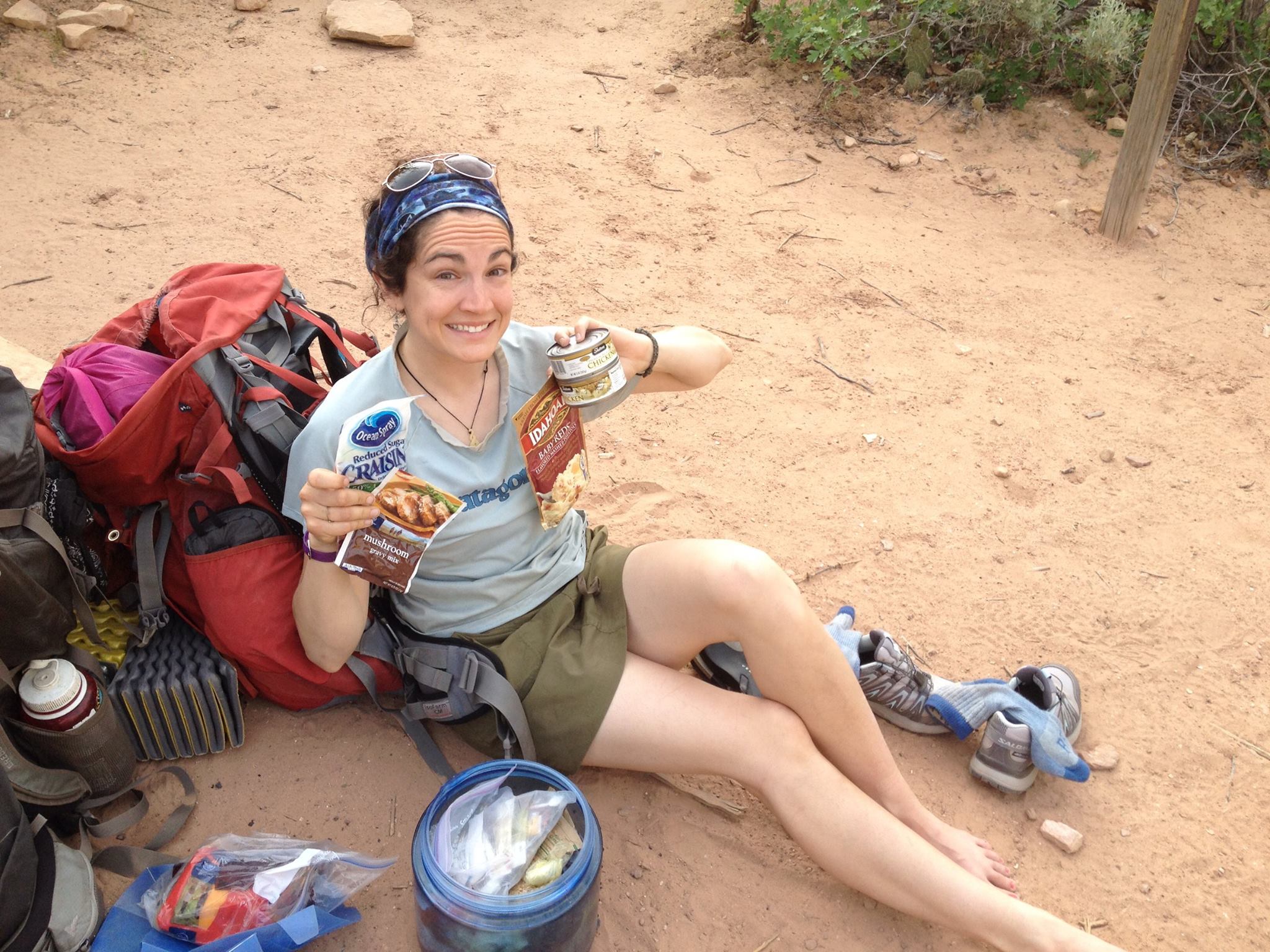
Allison O’Brien
Allison O’Brien, 2018 educational programs director; with Adventure Treks since 2013
What led you to work in the outdoors? A big turning point for me and my relationship with the outdoors happened while I was attending an adventure-based outdoor recreation semester at Feather River College in California. We spent the semester backpacking, backcountry skiing, winter camping, whitewater rafting, and rock climbing—activities I didn’t do a lot of growing up in Minnesota. Through these new challenges and experiences I learned that when I pushed myself, I was capable of a lot more than I realized. I developed confidence in myself that I had never had before. Being able to do all these activities and also be in beautiful places, getting to know awesome people, felt very fulfilling.
What keeps you at AT? It is very rewarding to see the growth, bonding, and the laughter that happens on an AT trip. Summer after summer at Adventure Treks, I see teens meet and overcome challenges, and they come out the other side stronger and more confident.
Why do the outdoors and teaching young people matter to you? I feel the most happy and at peace with life when I am active in the outdoors. After having such a life-changing experience, I realized I wanted to help others have similar experiences.
Erica Van Steenis, 2018 staffing director and regional director; with Adventure Treks since 2011
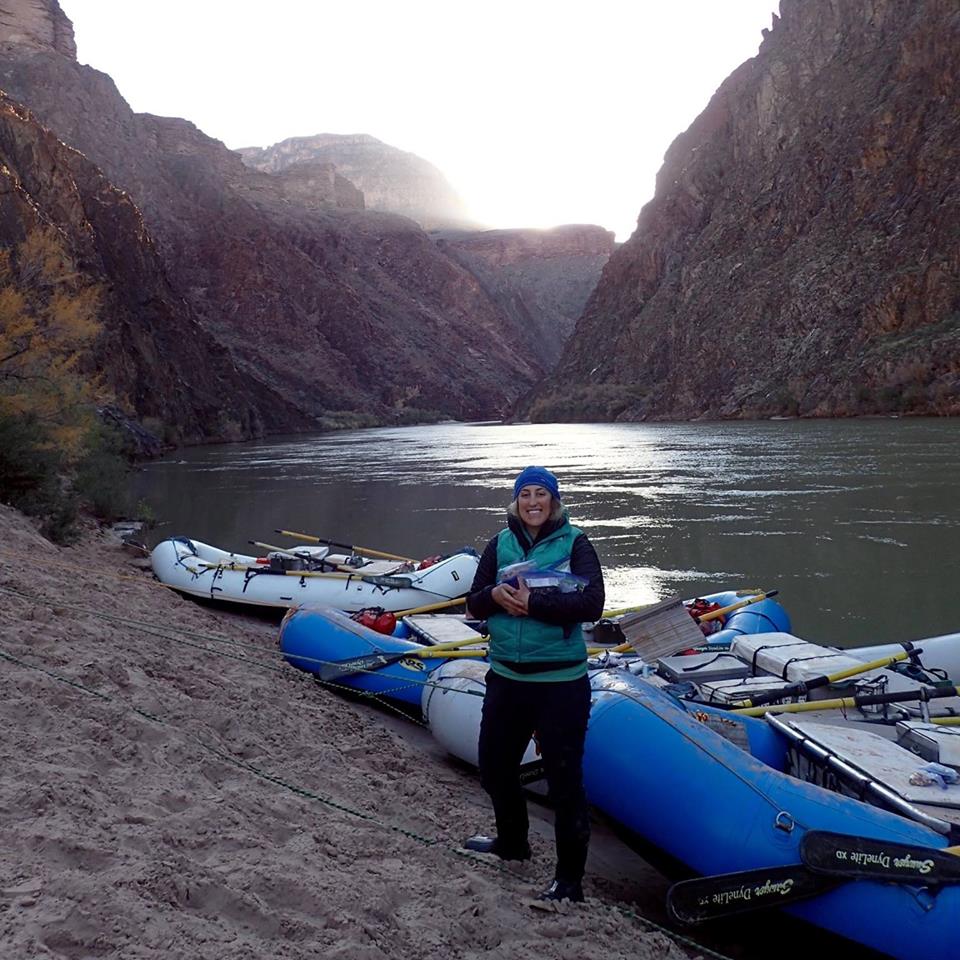
Erica Van Steenis
What led you to work in the outdoors? When I was a kid, my dad would take my brother and me to the river in Colorado. He had two foldable poolside chairs, one for my brother and one for me to sleep on. I remember not even minding the slightly uncomfortable sleeping arrangements because the river and all the stars and my surroundings were fascinating. Fast forward 10 years, and I was turning 22 years old in the middle of the Alaskan wilderness while on a multi-week backpacking trip. Now I am 32, and central to my work is educating youth in the outdoors. How I got here is sort of a blur, but I like to think that those river trips with my dad has something to do with it.
What keeps you at AT? Those who organize their lives around the outdoors and appreciate the educational opportunities that take place in such settings are my people.
Why do the outdoors and teaching young people matter to you? There is a certain rhythm that exists in teaching youth in the outdoors. It is experiential, and so different from the typical classroom setting most youth experience. I am a big believer in the idea that all young people should be afforded opportunities to learn exponentially and outside of their comfort zone.
 Dave McGlashan, director; with Adventure Treks since 2007
Dave McGlashan, director; with Adventure Treks since 2007
What led you to work in the outdoors? Thinking back, it all started with a TV show called “McKenna.” It aired after the Superbowl in 1993. The show was about a family in Oregon that ran a guiding company. It was a horrible show; only five episodes aired in the U.S. (out of the 13 that were filmed). Think “Baywatch” (the original TV show) crossed with Aspen Extreme. It was the first time I’d heard about being able to make a living in the outdoors. This put me on a path to working, in whatever manner I could, in the outdoors.
What keeps you at AT? The people, both the students and the staff, are the reason I have stayed for 12 years. We get some of the most incredible students—they are engaged, they want to learn, and they want more from their middle and high school years. Some of the best conversations I have ever had were with students at Adventure Treks. Most of my friends, and all my best friends, have come from Adventure Treks. Everyone wants to do and be more, and they will challenge and support each other in every way possible. My vacations typically revolve around seeing AT staff all over the country.
Why do the outdoors and teaching young people matter to you? As cliche as it sounds, youth are our future. Seeing what is going on with the environment, and how special it is—it’s of great importance to take the leaders of tomorrow into the places that matter. If someone does not have a connection with nature, why would they care to protect it? This is one of the key reasons that taking youth into the outdoors is so important. One the other side of that coin, working with teenagers is just fun. So many of us have forgotten what it is like to play made-up games, or laugh at nothing for hours, or just be in awe of a new experience. Working with youth keeps me young at heart. It is not something I ever want to give up.






 Dave McGlashan, director; with Adventure Treks since 2007
Dave McGlashan, director; with Adventure Treks since 2007

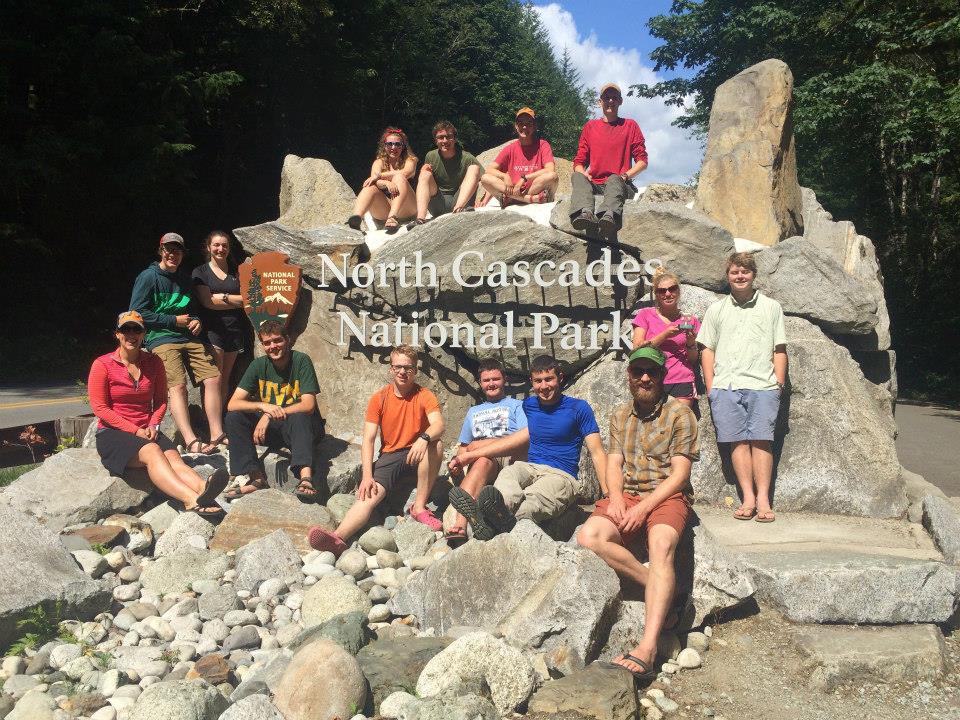
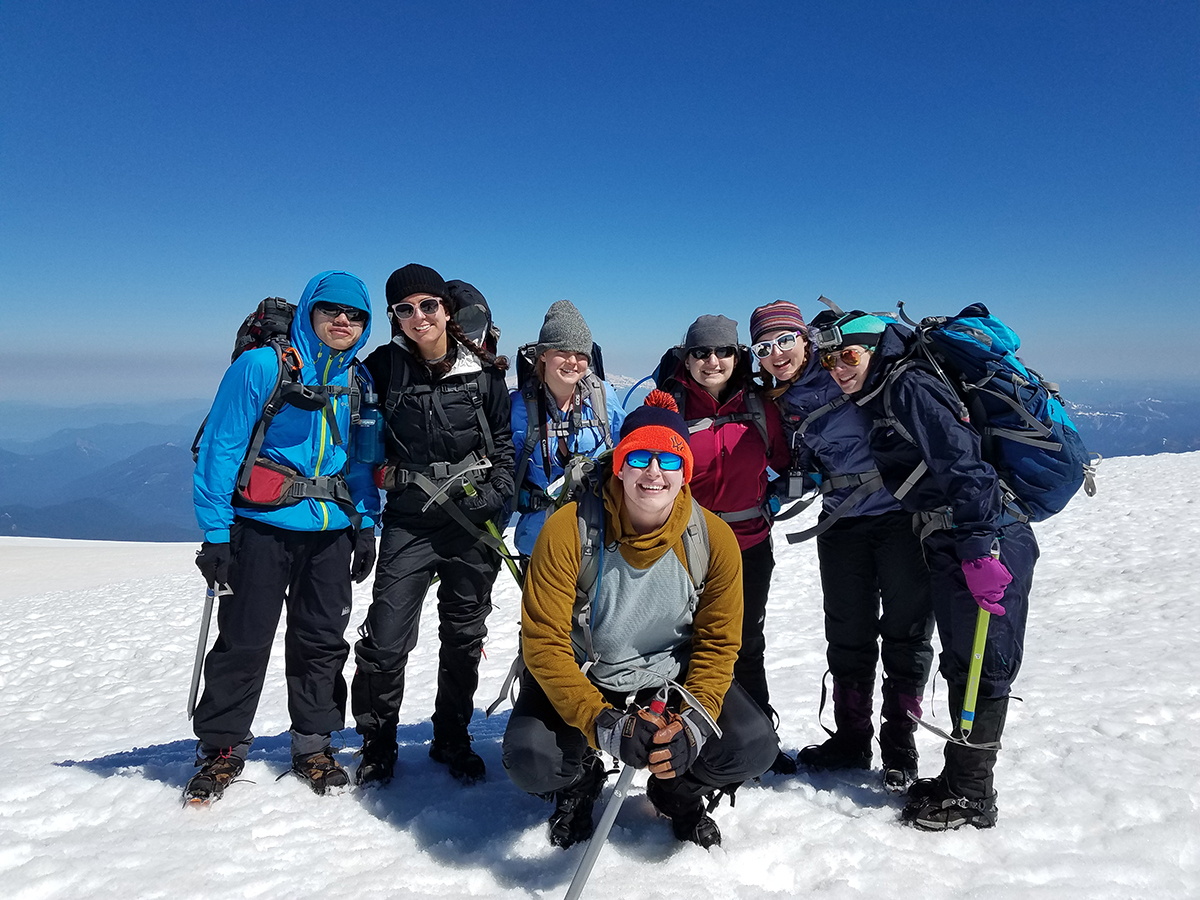




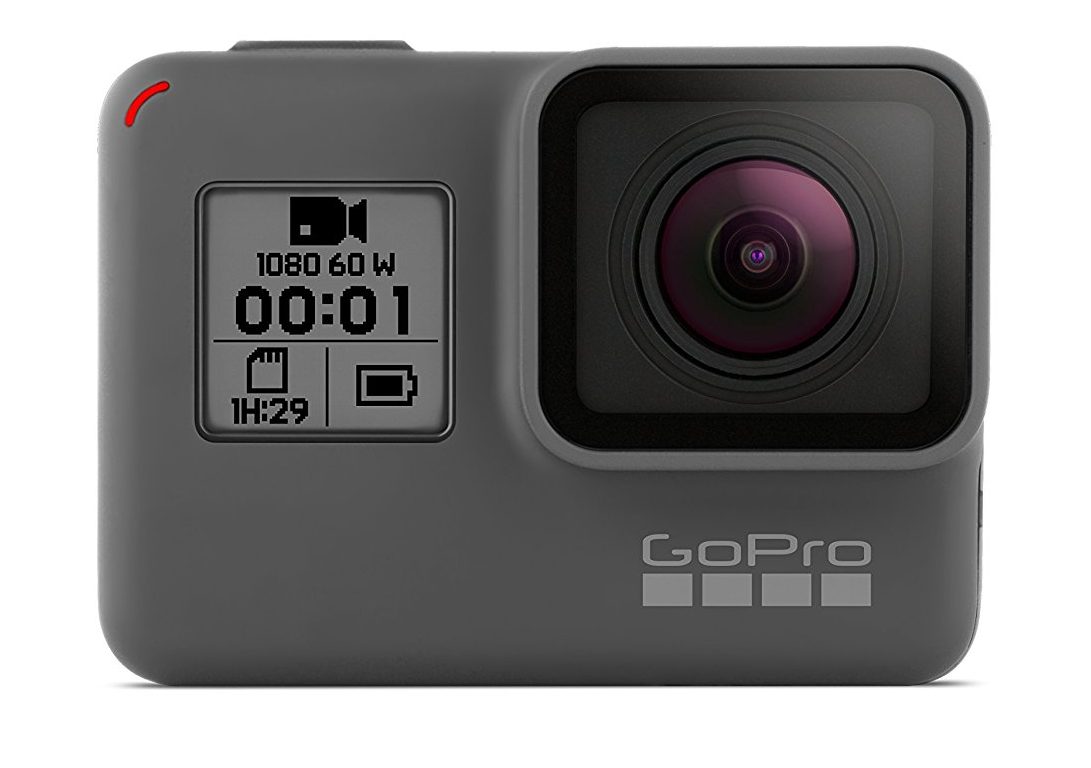


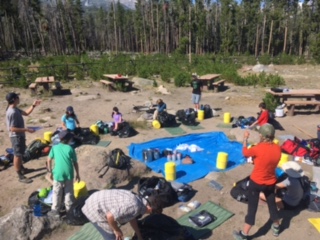
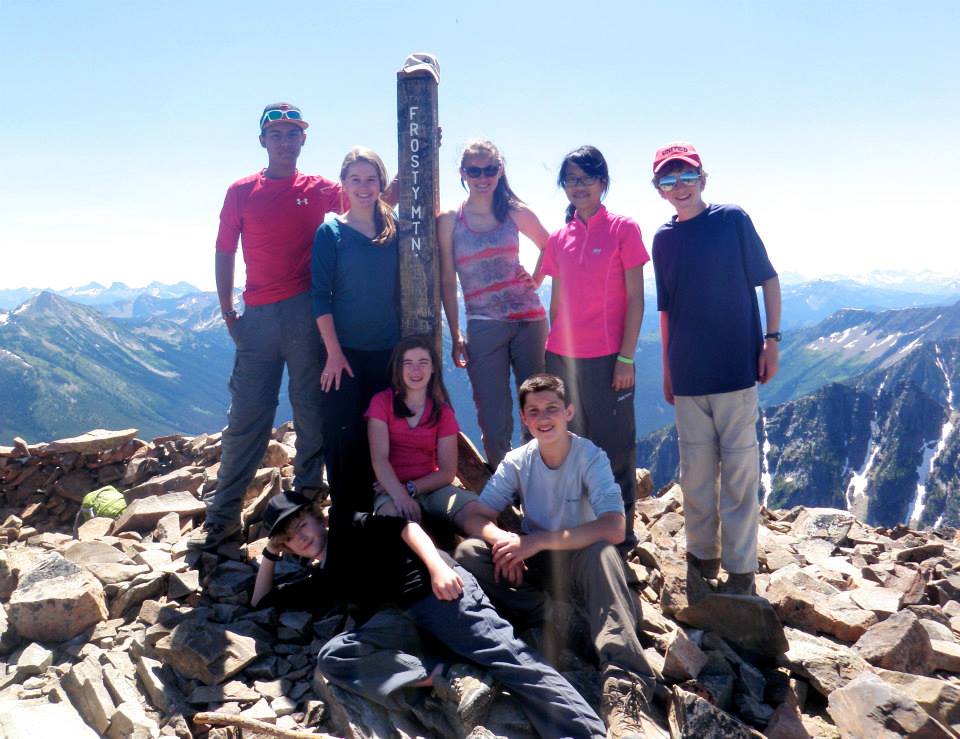
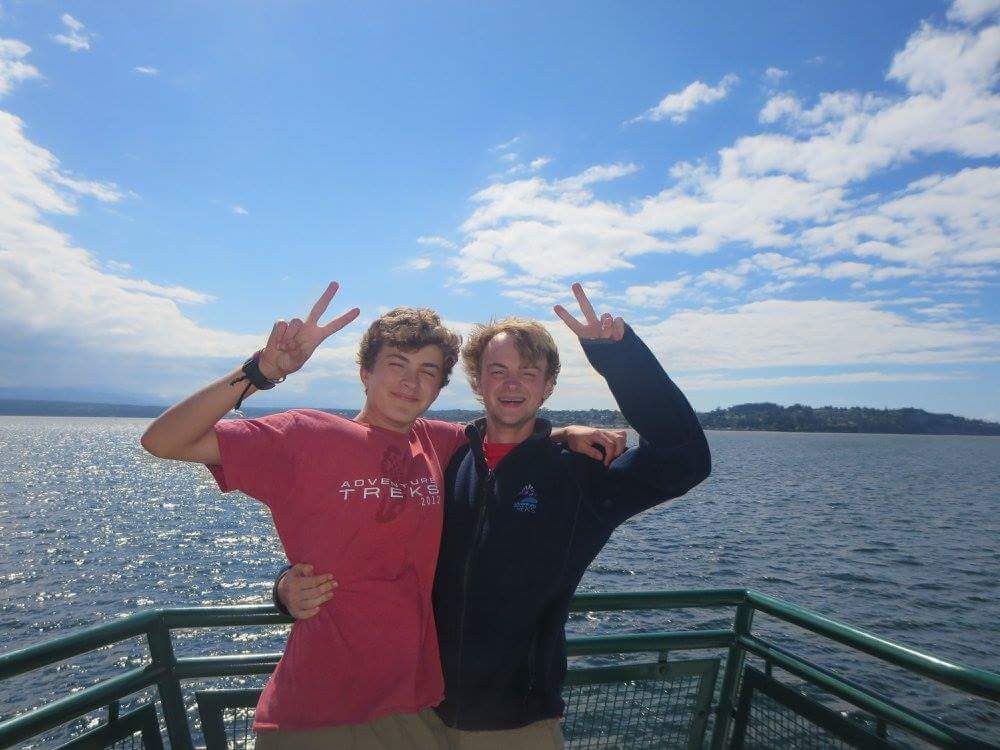
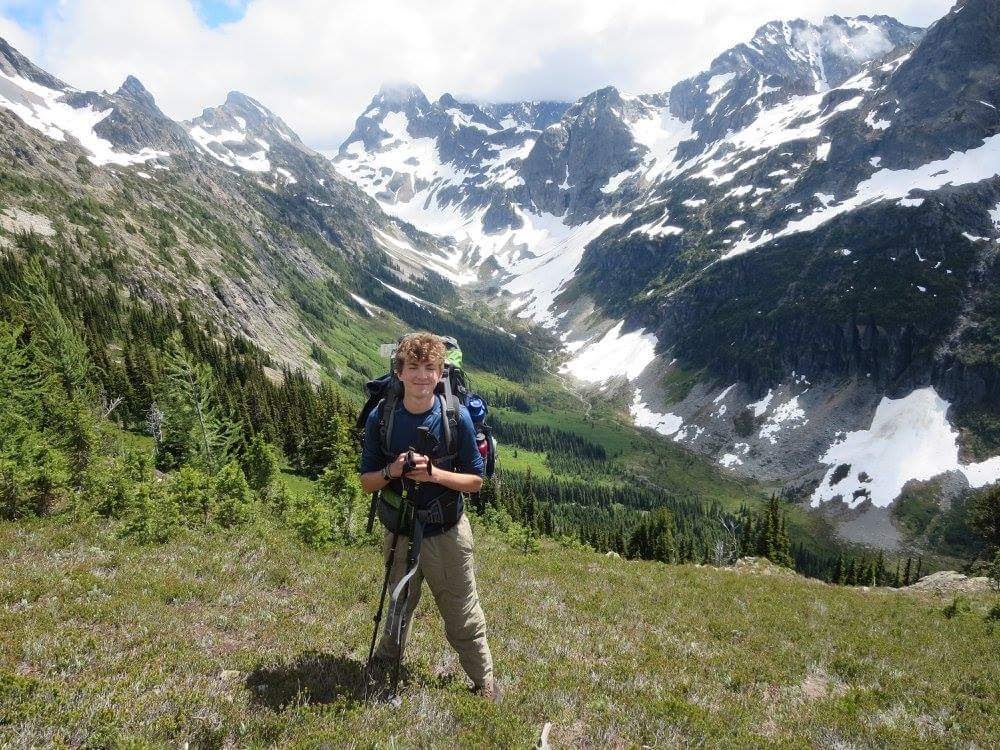
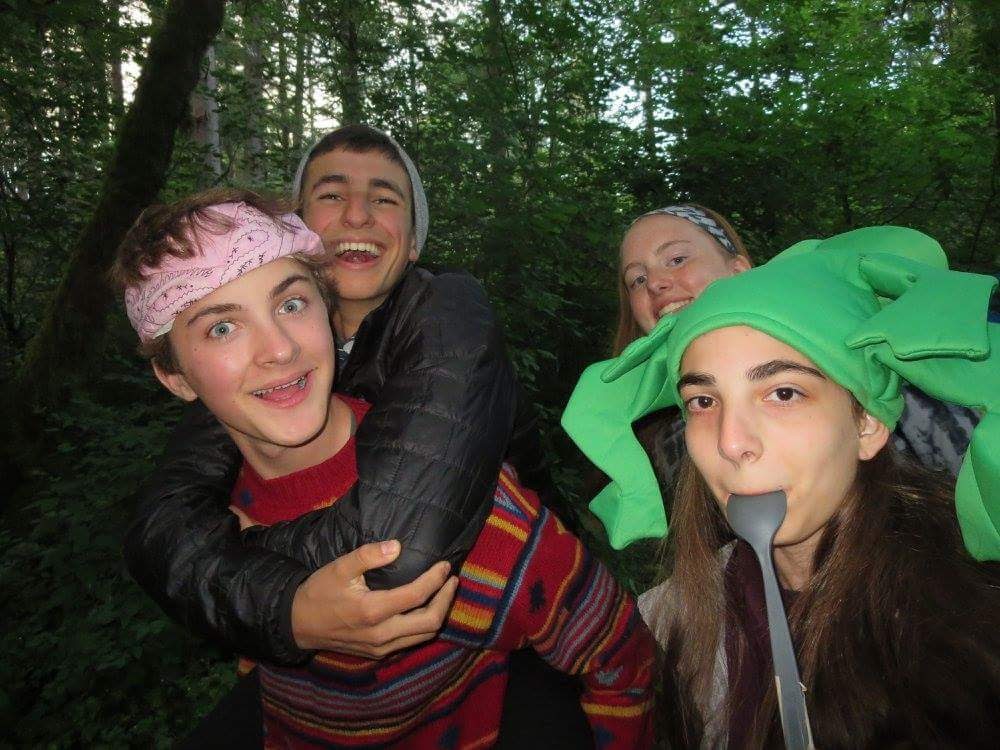
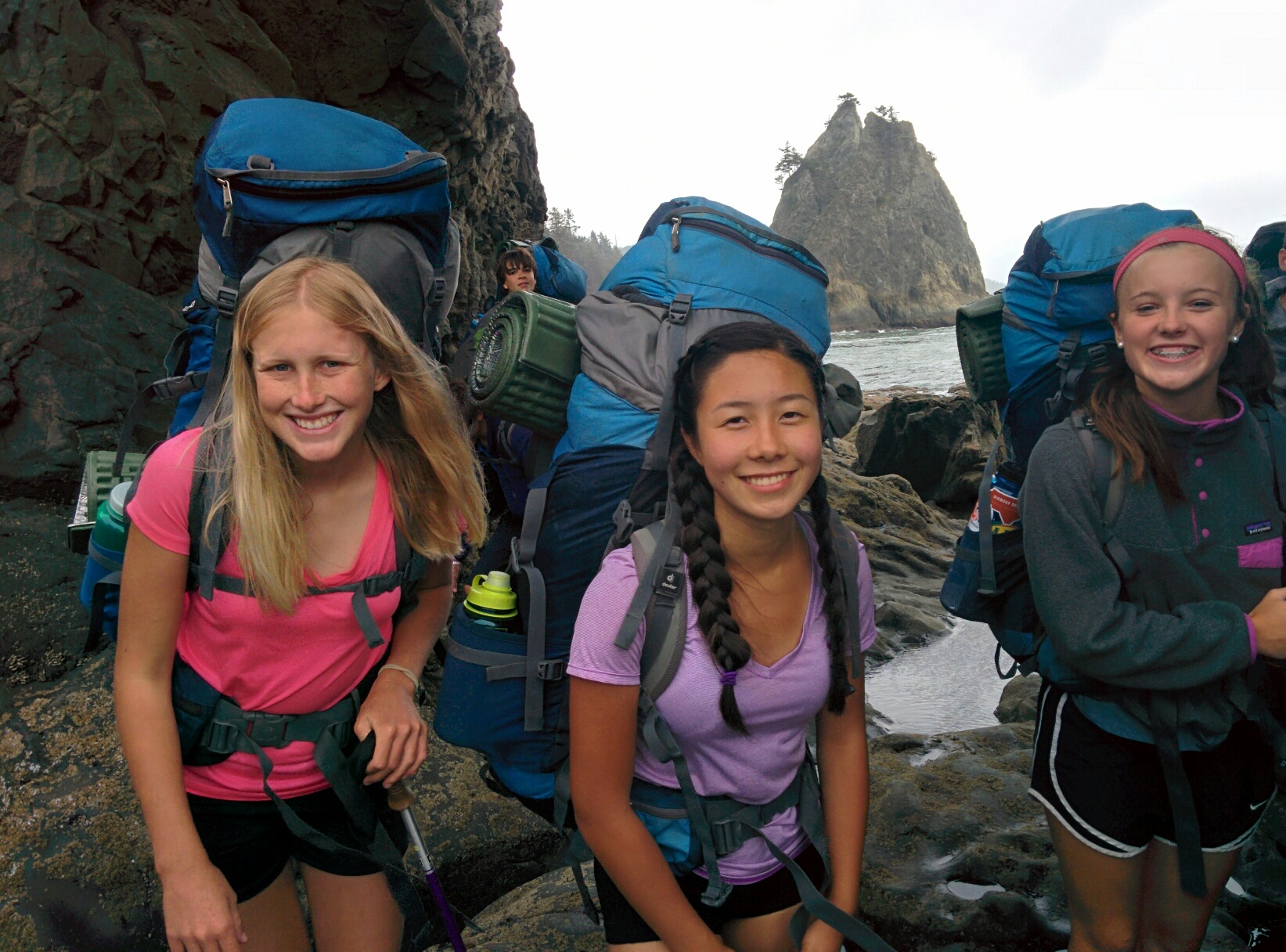 Twenty-five years ago, Adventure Treks was founded, we didn’t realize that one of the biggest benefits of AT would be the opportunity to escape electronic devices and engage in face-to-face conversation over an extended period of time.
Twenty-five years ago, Adventure Treks was founded, we didn’t realize that one of the biggest benefits of AT would be the opportunity to escape electronic devices and engage in face-to-face conversation over an extended period of time.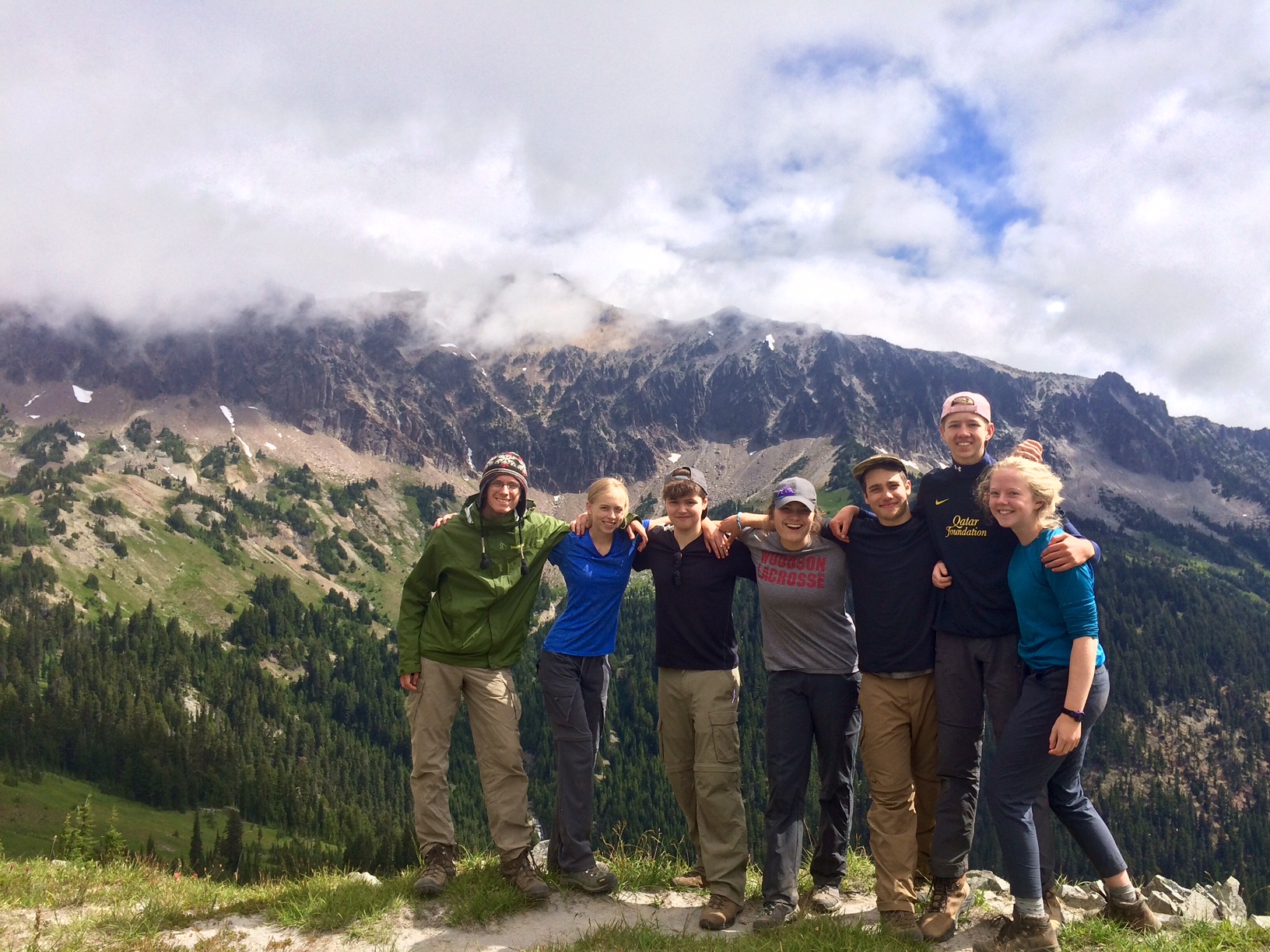
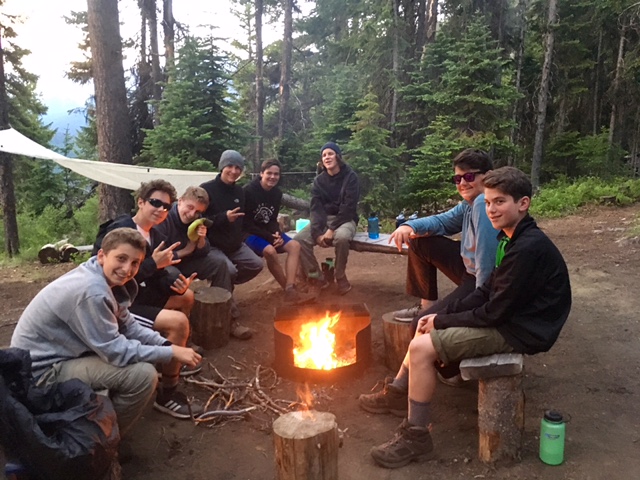
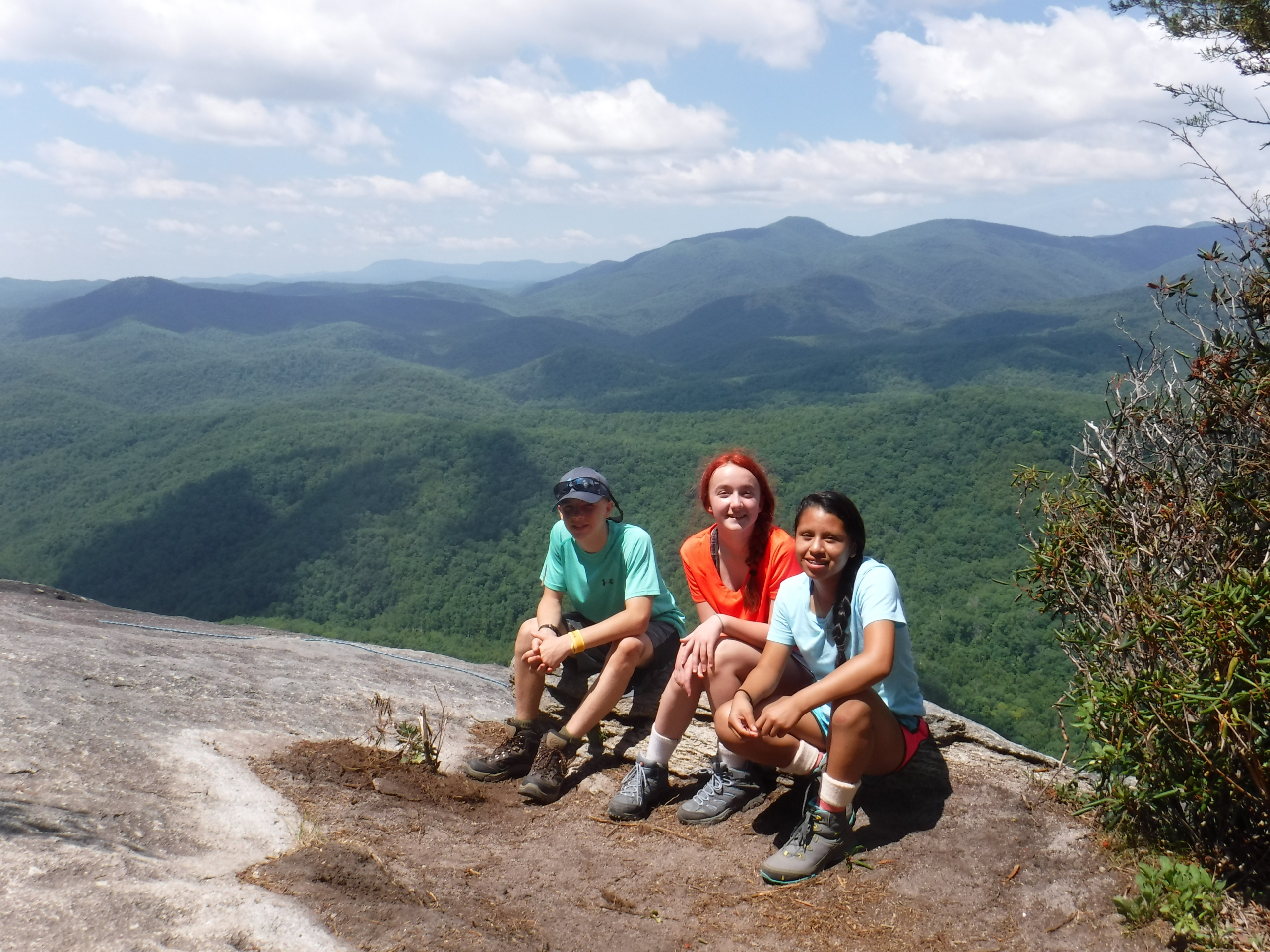 We believe a summer trip with Adventure Treks can be an antidote. Research shows that it only takes four disconnected days outside for kids’ creativity to surge 40 percent. When we talk with kids at Adventure Treks, we see that they crave the opportunity for intensive face-to-face interactions and actually enjoy the break from technology. Returning home after an extended tech-free experience gives them new perspective on how digital communication can fit into their world at home as a tool, rather than something they “need” in order to socialize.
We believe a summer trip with Adventure Treks can be an antidote. Research shows that it only takes four disconnected days outside for kids’ creativity to surge 40 percent. When we talk with kids at Adventure Treks, we see that they crave the opportunity for intensive face-to-face interactions and actually enjoy the break from technology. Returning home after an extended tech-free experience gives them new perspective on how digital communication can fit into their world at home as a tool, rather than something they “need” in order to socialize.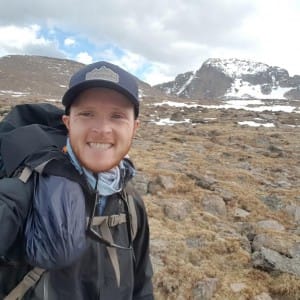 We are excited that Austin Coolidge will be joining us this summer for his third season as an Adventure Treks instructor.
We are excited that Austin Coolidge will be joining us this summer for his third season as an Adventure Treks instructor.